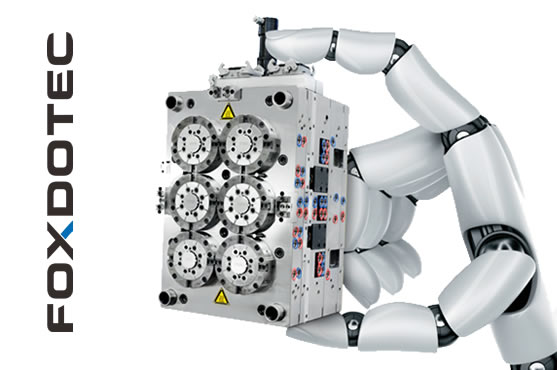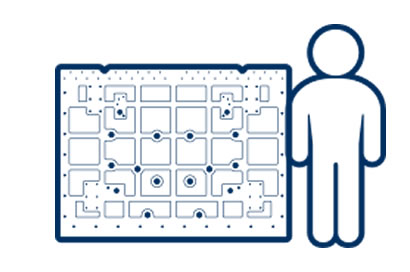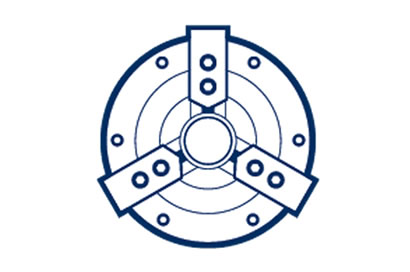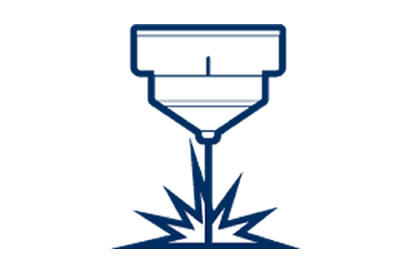Mold Design Services
Elevate your projects with our Mold Design Services! Backed by expertise and innovation, we craft customized mold designs tailored to your exact specifications. Say goodbye to one-size-fits-all solutions and hello to precision engineering. Experience seamless integration and superior results with our Mold Design Services. Unleash your creativity and bring your ideas to life today
Mold Design
What is Mold Design?
Mold design is the process of creating the configuration and layout of a mold to produce a desired product through manufacturing processes such as injection molding, blow molding, or compression molding. It involves designing the cavities, cores, gating systems, cooling channels, and other components of the mold to accurately shape the raw material into the final product.
A well-designed mold is crucial for efficient and effective production, as it directly influences factors such as part quality, production cycle times, and overall manufacturing costs. Mold designers must consider various factors such as material selection, part geometry, production volume, and manufacturing constraints to create molds that meet the requirements of the intended product.
Precision Injection Mold


How to do a good Mold Design?
To excel in Mold Design
- Understand Product Requirements: Gain a deep understanding of the product requirements, including its intended use, dimensions, material properties, and production volume. This understanding will guide your mold design decisions.
- Collaborate with Stakeholders: Work closely with product designers, engineers, and manufacturing experts to ensure alignment between product design and mold design. Collaboration ensures that the mold can efficiently produce the desired parts while meeting quality and cost targets.
- Select Suitable Materials: Choose mold materials based on factors such as part geometry, production volume, and material compatibility. Consider factors like wear resistance, thermal conductivity, and machinability to select the most suitable material for the mold.
- Optimize Part Design for Molding: Design parts with moldability in mind to minimize manufacturing challenges. Consider draft angles, wall thickness, parting lines, and gating locations to facilitate smooth material flow and ejection from the mold.
- Apply Mold Flow Analysis: Utilize mold flow analysis software to simulate material flow, cooling, and potential defects during the injection molding process. This helps identify and mitigate issues early in the design phase, leading to optimized mold designs.
- Incorporate Efficient Cooling Systems: Design efficient cooling systems within the mold to ensure uniform cooling and minimize cycle times. Proper cooling can improve part quality, reduce warping, and increase productivity.
- Consider Tooling Design: Pay attention to tooling design aspects such as cavity layout, gating systems, ejection mechanisms, and venting. Well-designed tooling enhances mold performance, prolongs tool life, and minimizes downtime for maintenance.
- Balance Cost and Quality: Strive to achieve a balance between mold cost and part quality. Optimize the design to minimize production costs while ensuring that the mold can consistently produce high-quality parts meeting specifications.
- Embrace an Iterative Design Process: Embrace an iterative design process that involves prototyping, testing, and refinement. Iterate on the mold design based on feedback from simulations, prototypes, and real-world production data to continuously improve performance.
- Stay Updated on Industry Trends: Stay informed about the latest advancements in mold design technologies, materials, and manufacturing processes. Continuous learning and staying updated on industry trends will help you adopt best practices and remain competitive in the field of mold design.

CNC Machining
CNC machining is a computer-controlled manufacturing process that utilizes pre-programmed software to dictate the movement of machinery and tools. This technology enables the precise cutting, drilling, and shaping of materials such as metal, plastic, and wood to create intricate components with high accuracy and consistency.
Read More
Precision Grinding
Precision grinding is a manufacturing process that involves the removal of material using abrasives to achieve extremely tight tolerances and surface finishes. used to produce components with intricate shapes, precise dimensions, and smooth surfaces. Precision grinding techniques include cylindrical grinding, surface grinding, and internal grinding.
Read More
Electrical Discharge Machining
Electrical Discharge Machining (EDM) is a non-traditional machining process that utilizes electrical discharges to erode material from a workpiece. It is particularly useful for machining complex shapes and hardened materials that are difficult to machine with conventional methods. EDM can achieve high precision and surface quality.
Read MorePrecision machining and manufacturing involve the use of advanced techniques and equipment to produce highly accurate and intricate components with tight tolerances. It requires expertise in machining processes, material properties, and quality control methods to ensure the production of high-quality parts for various industries.
Key Aspects of Understanding Injection Molds
- Design Principles: Understand the principles of injection mold design, including considerations for part geometry, material flow, cooling, and ejection.
- Materials and Construction: Explore the materials commonly used in injection mold construction, such as tool steel, aluminum, and beryllium copper.
- Manufacturing Techniques: Gain insights into the manufacturing processes used to produce injection molds, including machining, EDM, and CNC milling.
- Mold Maintenance and Repair: Learn about the importance of mold maintenance and preventive maintenance schedules to ensure the longevity and performance of injection molds.
- Tooling Standards and Regulations: Familiarize yourself with industry standards and regulations related to injection mold design and manufacturing.
- Advanced Technologies: Stay informed about advancements in injection mold technology, such as rapid prototyping, additive manufacturing (3D printing), and simulation software.
- Cost Considerations: Gain insights into the cost factors associated with injection mold production and learn about strategies for cost optimization.
- Case Studies and Best Practices: Study real-world examples of successful injection mold projects across various industries.
Key Aspects of Understanding Precision Machining
- Processes and Techniques: Explore the various precision machining processes and techniques, including turning, milling, drilling, grinding, electrical discharge machining (EDM), and others.
- Materials: Learn about the different types of materials commonly machined using precision techniques, such as metals (e.g., aluminum, steel, titanium), plastics, ceramics, and composites.
- Tooling and Equipment: Familiarize yourself with the cutting tools, machine tools, and equipment used in precision machining.
- Tolerances and Metrology: Gain insights into tolerance requirements and metrology techniques used to measure and verify part dimensions and surface characteristics.
- Design for Manufacturing (DFM): Explore principles of design for manufacturability (DFM) and how they apply to precision machining.
- Quality Assurance: Understand quality control measures and inspection techniques used in precision machining.
- Applications and Industries: Explore the diverse applications of precision machining across industries such as aerospace, automotive, medical, electronics, and tooling.
- Advanced Technologies: Stay informed about advancements in precision machining technology, including automation, robotics, additive manufacturing (3D printing), and advanced materials.
Precision machining and mold technical documents
Other Downloads
- Technical Parameter 3.9 MB
- Technical Drawing 1.8 MB
